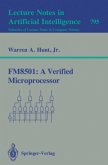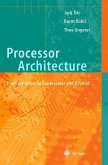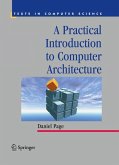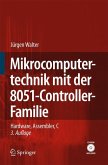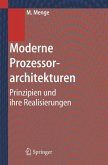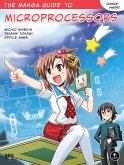In the last few years, a large number of books on microprocessors have appeared on the market. Most of them originated in the context of the 4-bit and the 8-bit microprocessors and their comparatively simple structure. However, the techno-logical development from 8-bit to 16-bit microprossors led to processor components with a substantially more complex structure and with an expanded functionality and also to an increase in the system architecture's complexity. This books takes this advancement into account. It examines 16-bit micro-processor systems and descrihes their structure, their behavior and their programming. The principles of computer or ganization are treated at the component level. This is done by means of a detailed examination of the characteristic functionali ty of microprocessors. Furthermore the interactions between hardware and software, that are typical of microprocessor technology, are introduced. Interfacing techniques are one of the focal points of these considerations. This puplication is organized as a textbook and is intended as a self-teaching course on 16-bit microprocessors for students of computer science and communications, design engineers and users in a wide variety of technical and scientific fields. Basic knowledge of boolean algebra is assumed. The choice of material is based on the 16-bit microprocessors that are currently available on the market; on the other hand, the presentation is not bound to anyone of these microprocessors.


